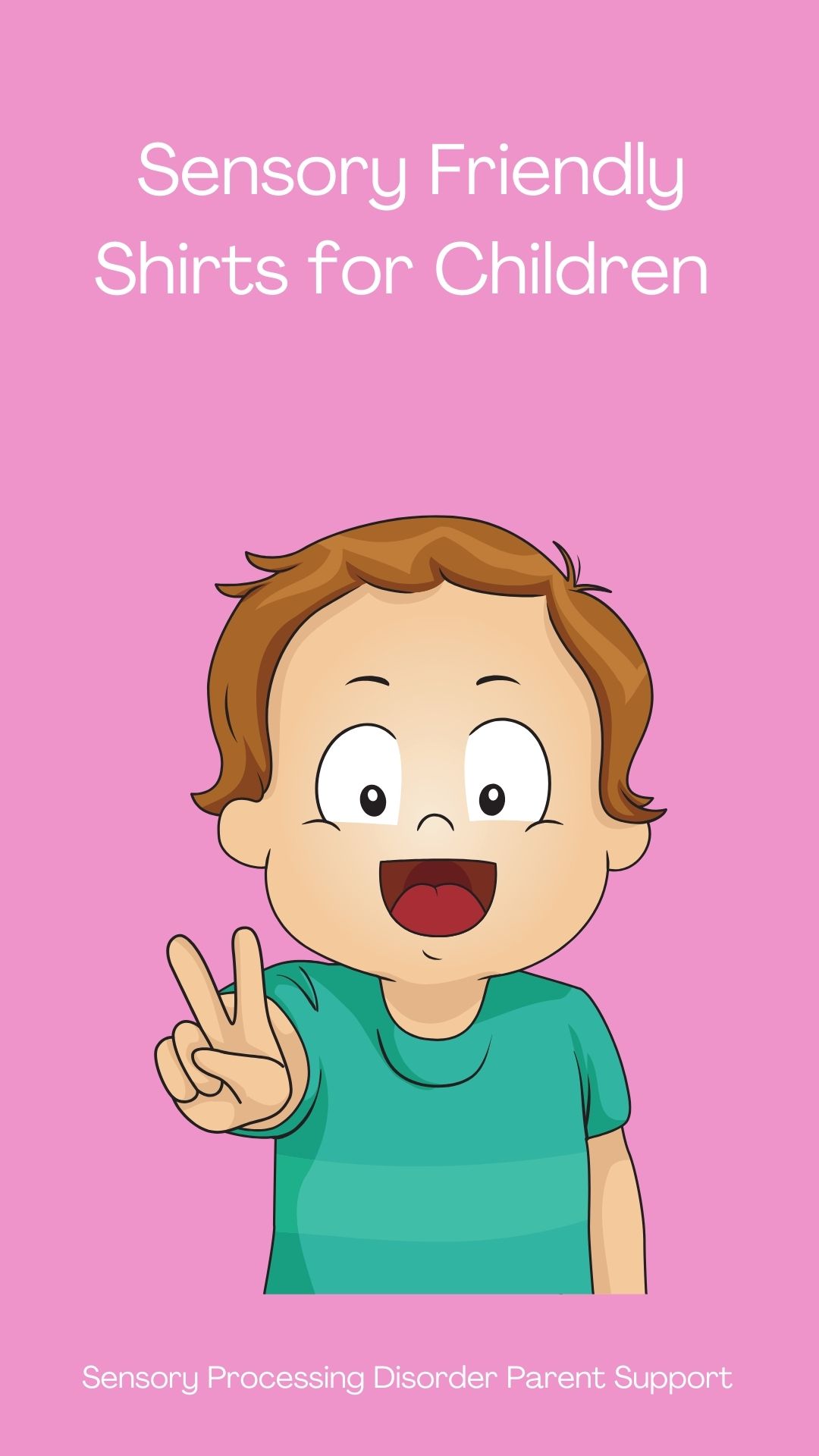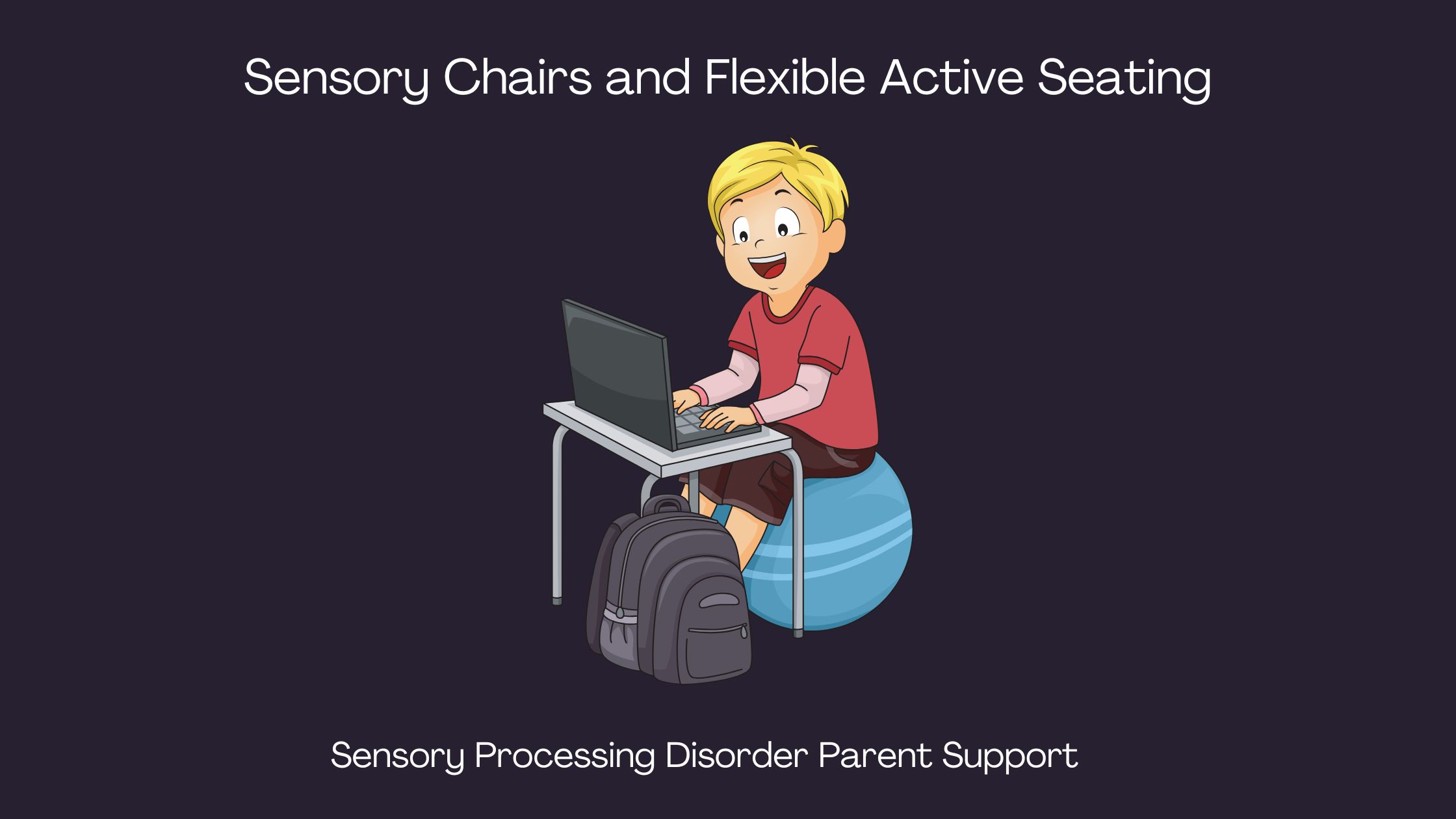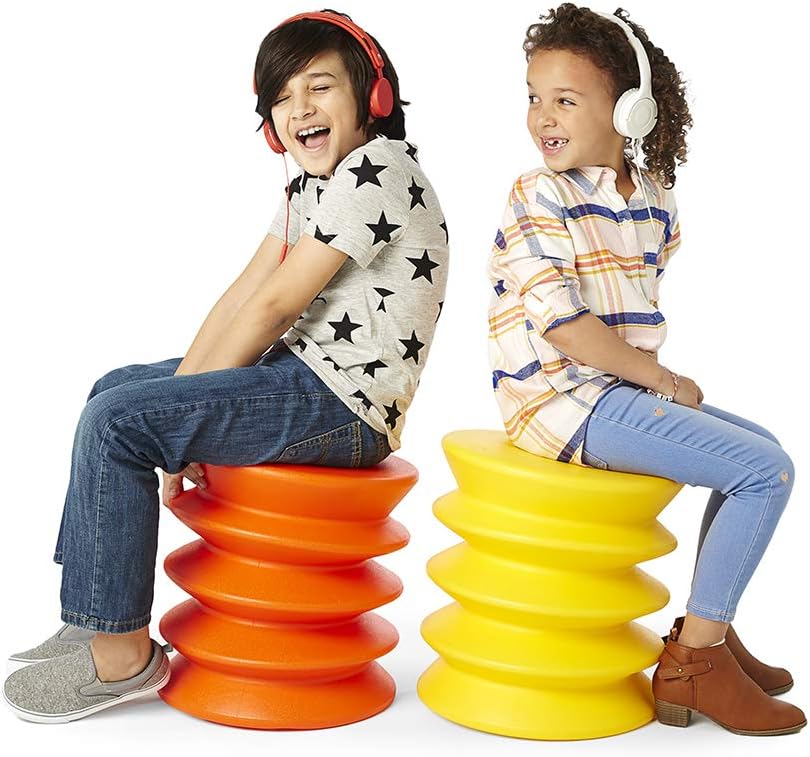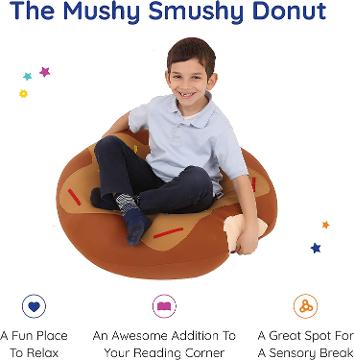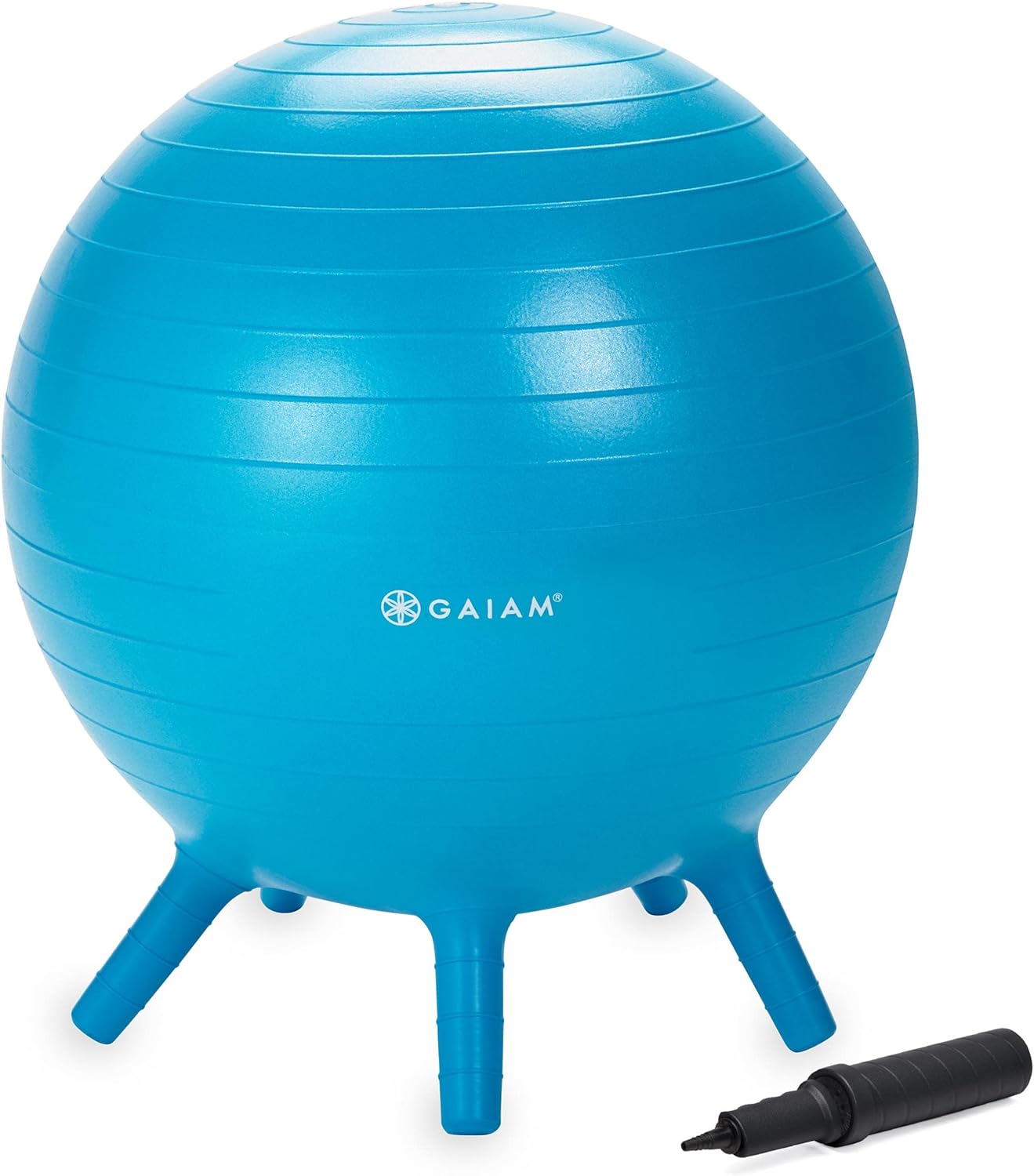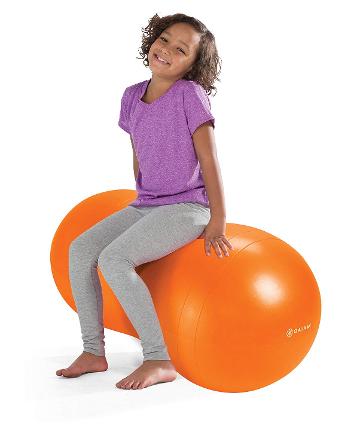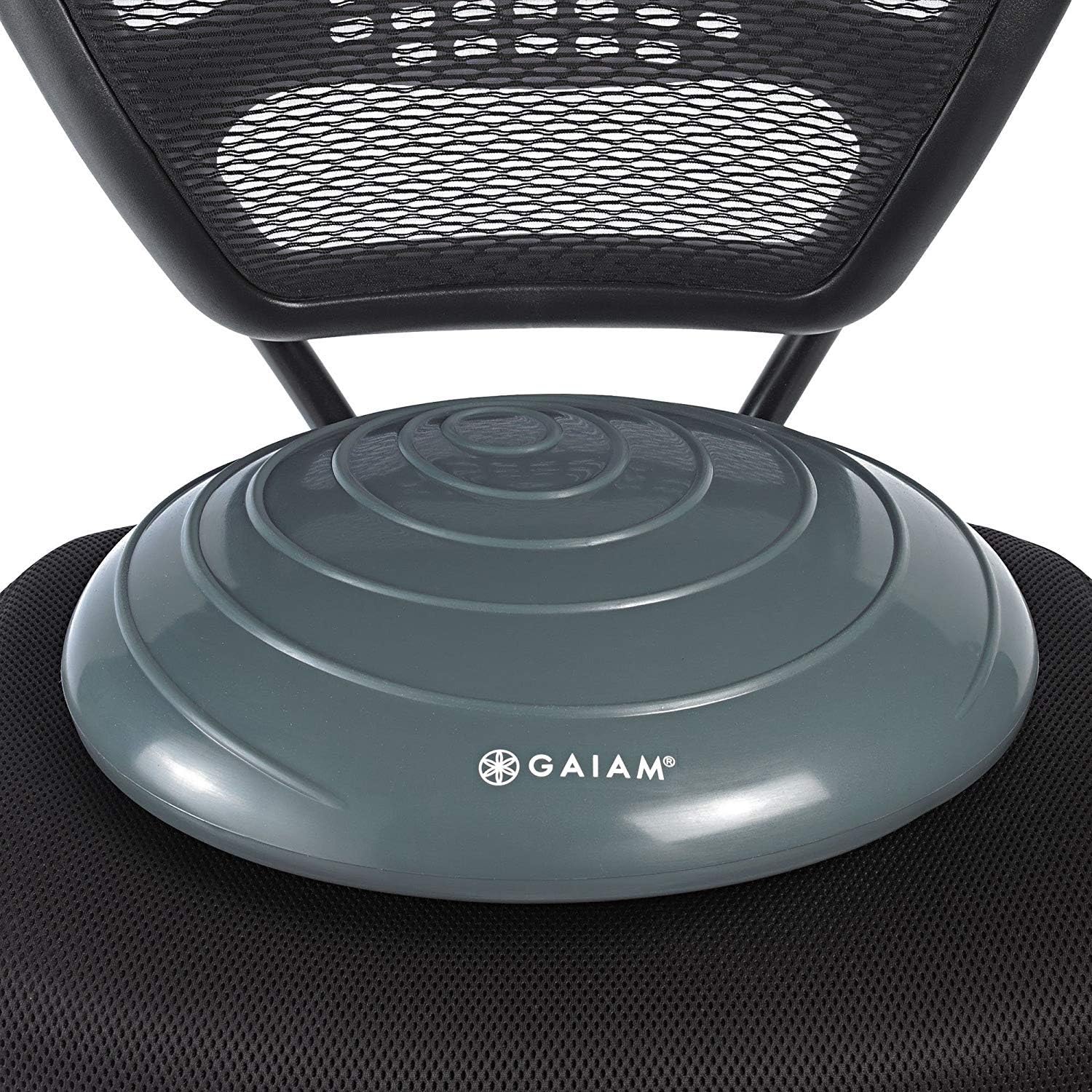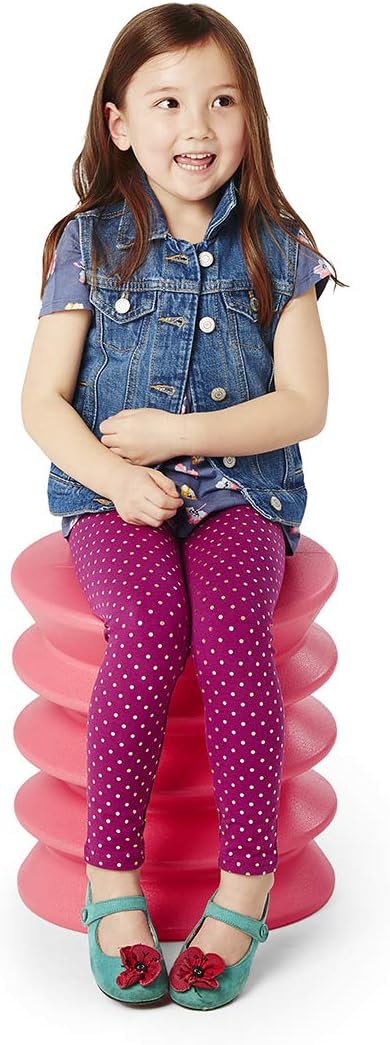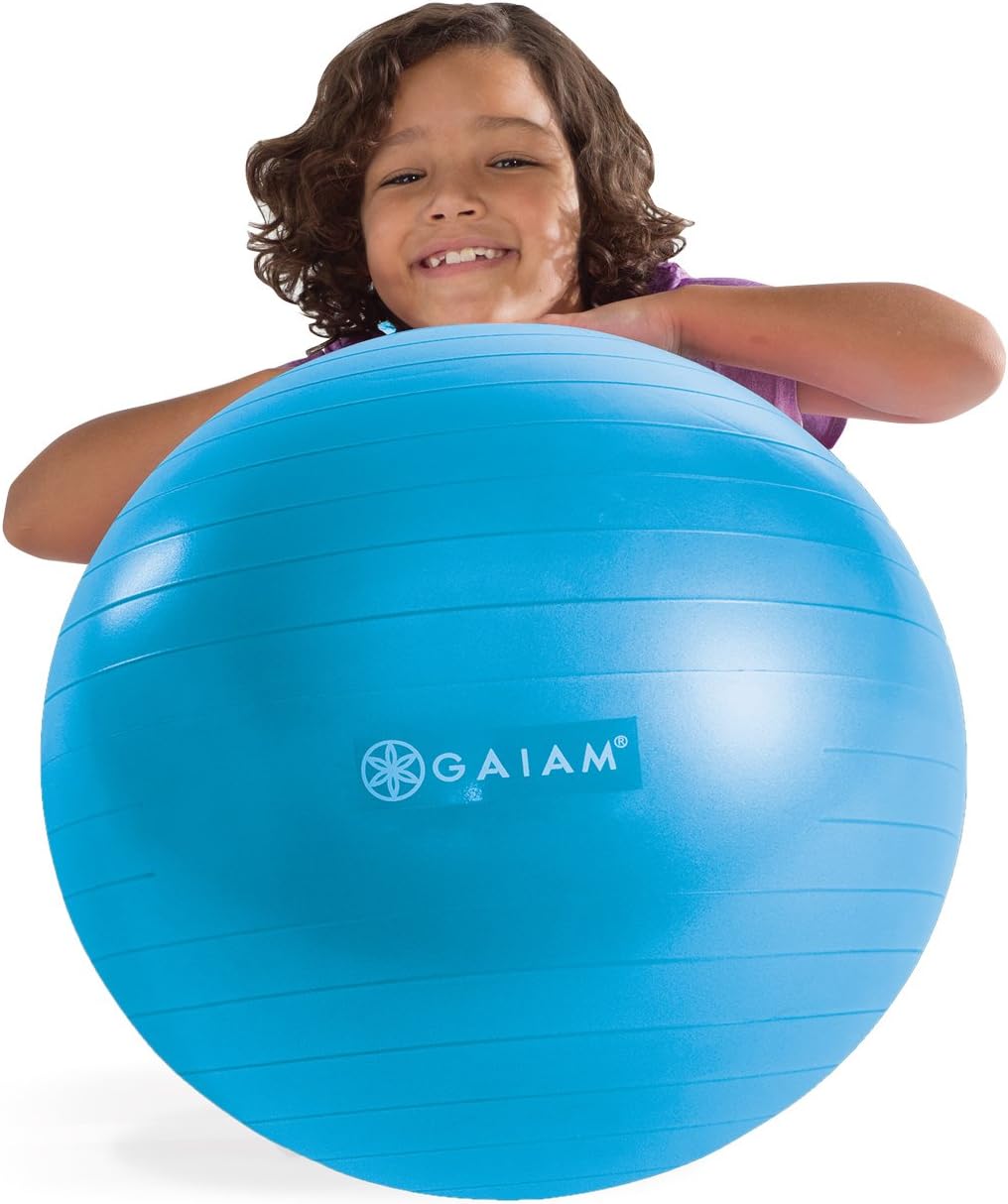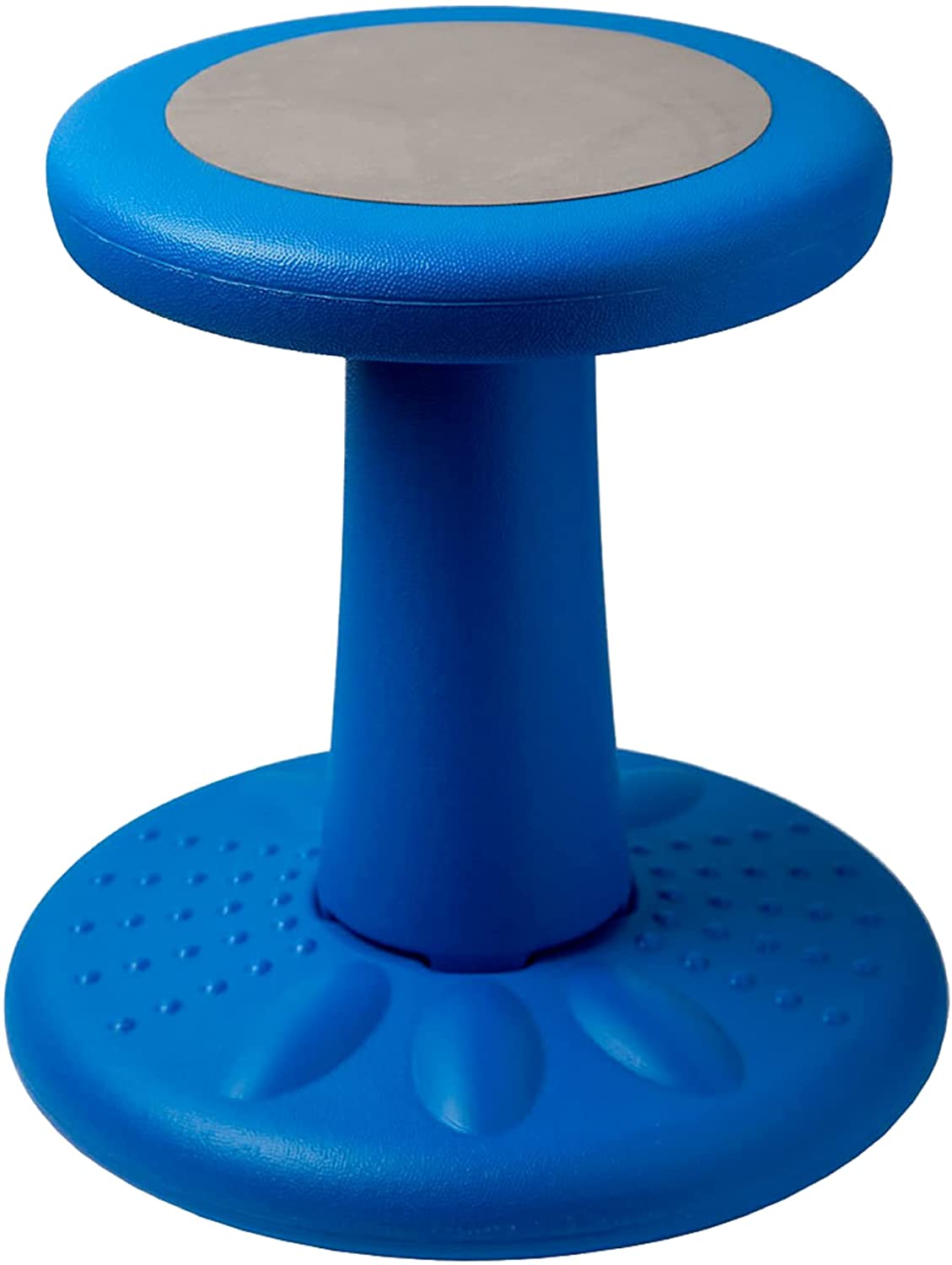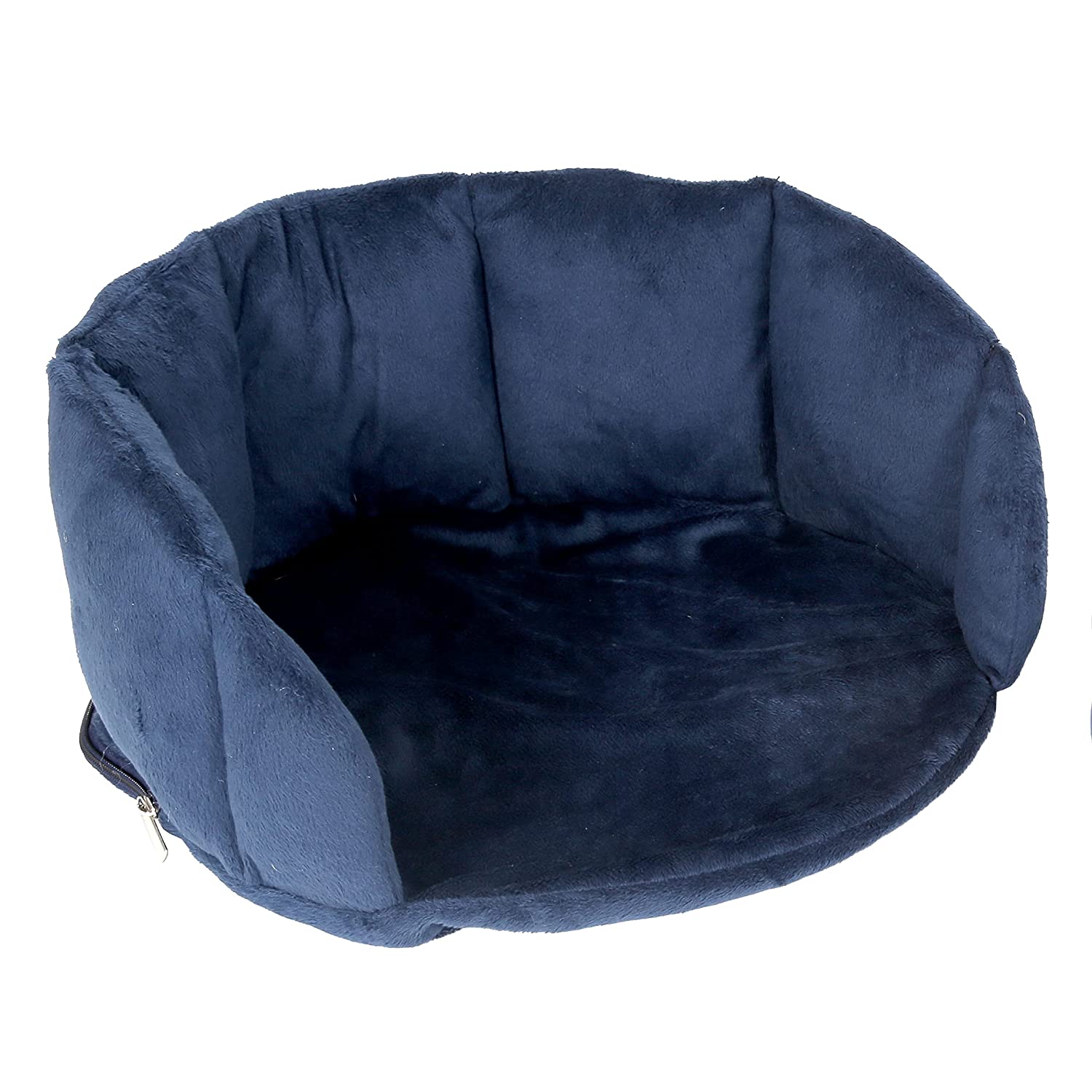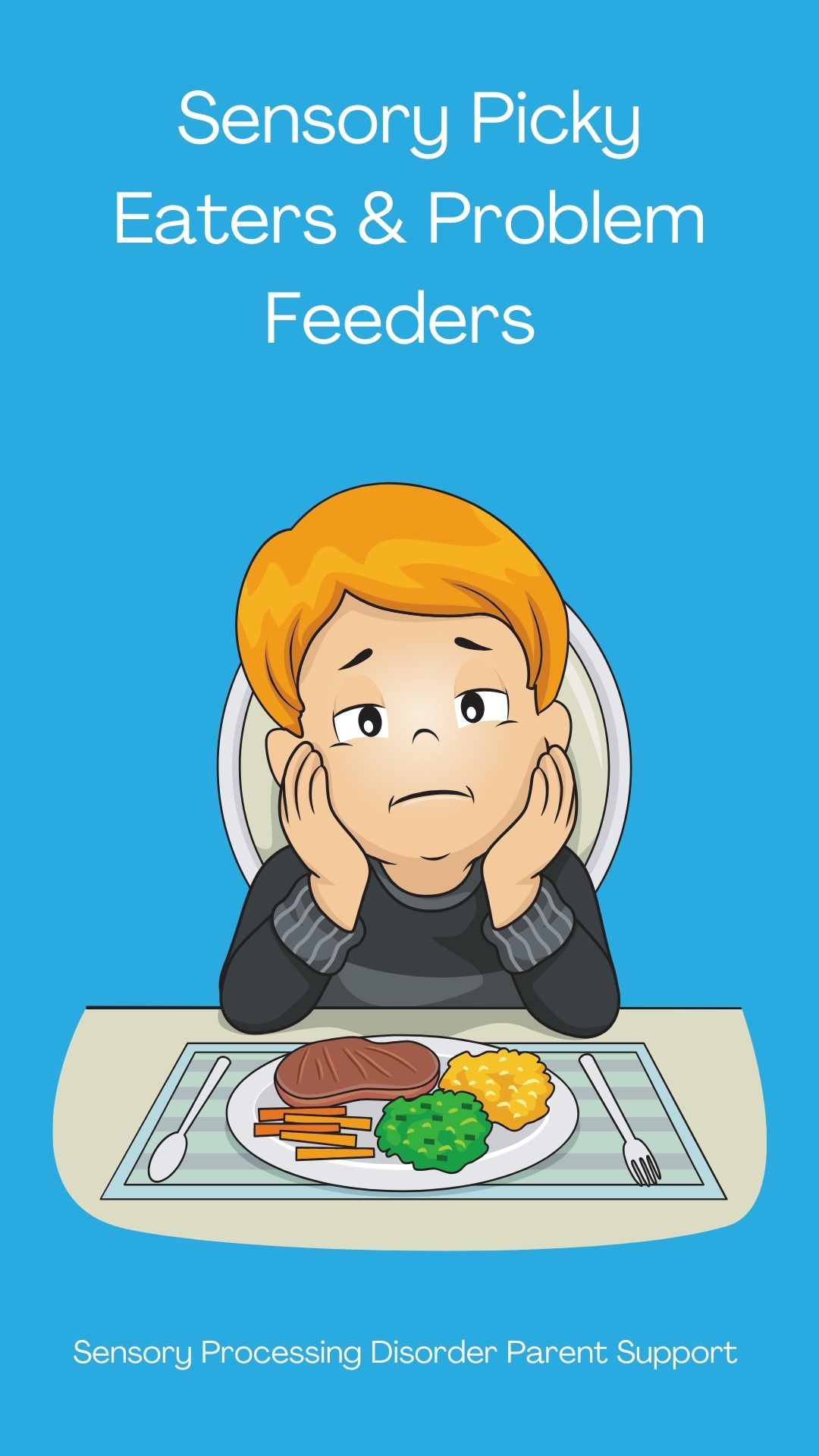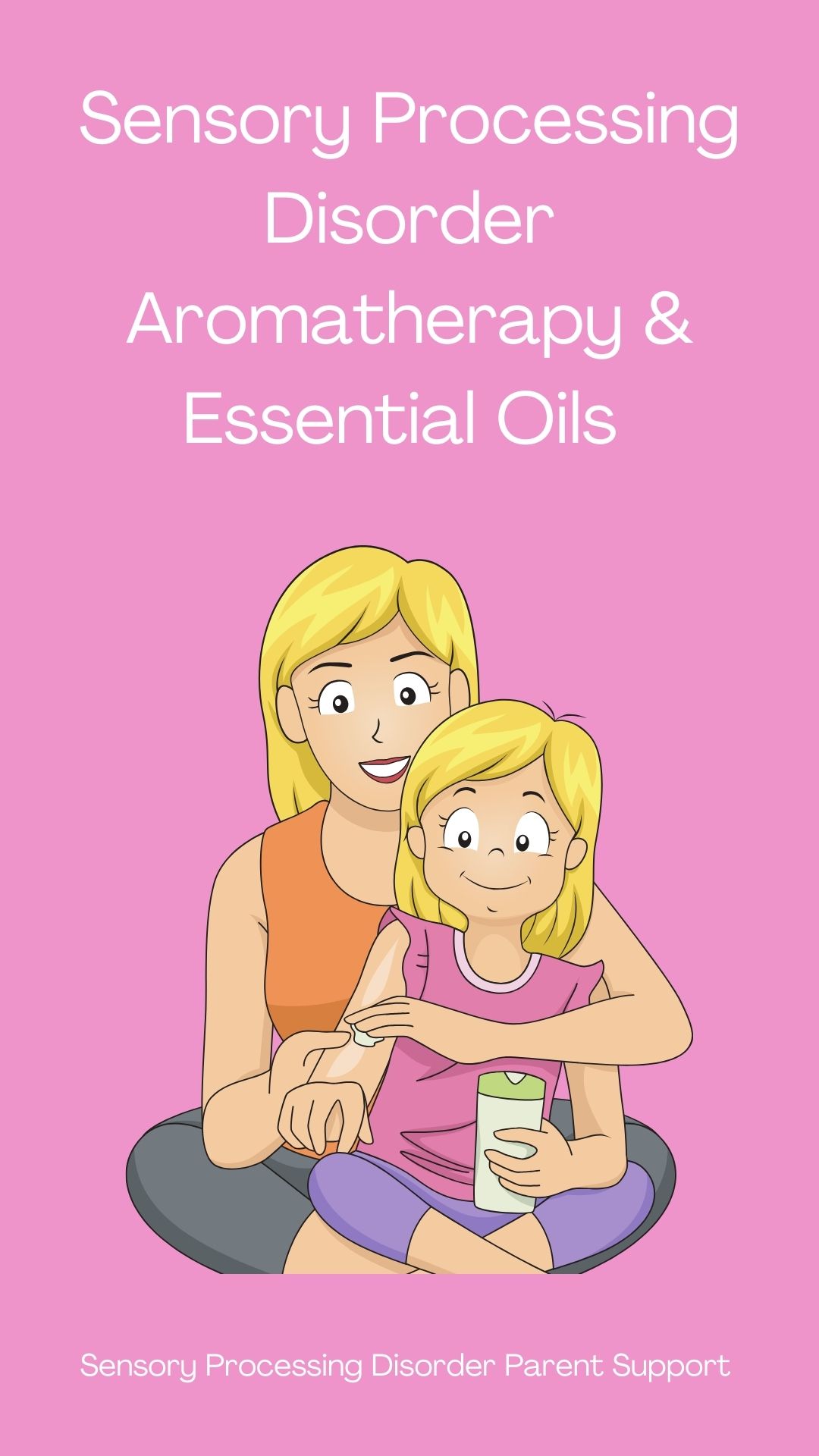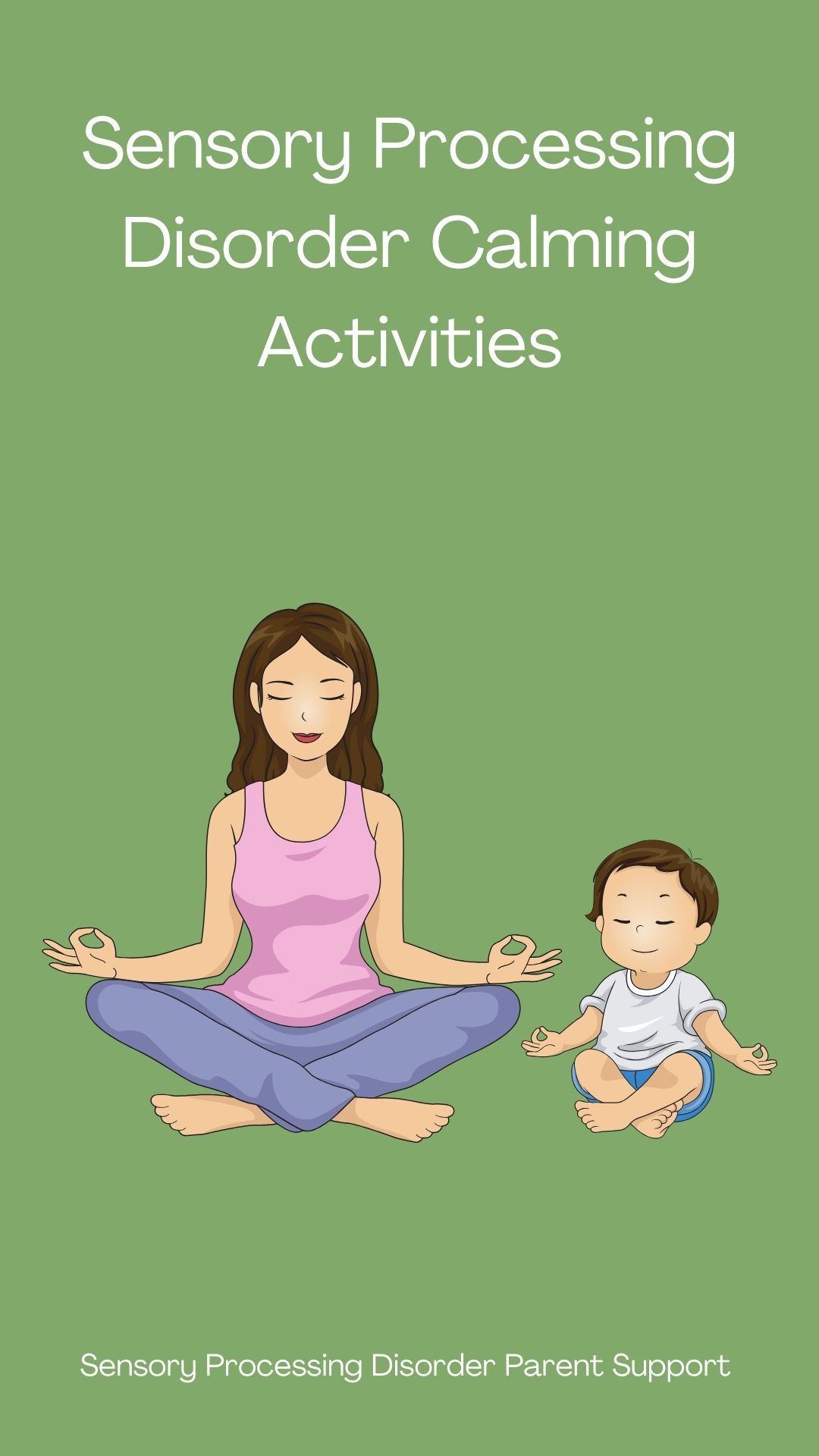Sensory seating offers an alternative to traditional static seating, such as regular chairs and desks, by allowing children to move and fidget while remaining seated. Sensory chairs turn sitting into a more active and engaging activity. Active seating options are great for sensory seekers. Sensory seating can be a great way to help children sit longer, focus better and finish tasks.
Children with sensory processing disorder and Autism seek out vestibular input. Active seating options can be sensory tools used for balance and burning off access energy at school and at home. Active seating can be yoga balls, stools, bean bag chairs or other sensory seating options.
There are so many incredible benefits to children using sensory chairs, both in the classroom and at home too. They promote physical activity and movement, which is extremely important for children's development. Sensory seating allows children to fidget and move around, sensory chairs help them release their excess energy and improve their focus too. This can lead to improved behavior and academic performance.
Sensory chairs can also provide children with a sense of control and independence, as they can choose how they want to sit and move. This can greatly enhance their self-esteem and confidence. For some homes or classrooms, there are several options for flexible seating. Allowing children to choose the seat they would like to use and where they are most comfortable to use the seat. This gives a child an opportunity to have some control in choosing what feels best for them.
Sensory chairs also offer a variety of mental health benefits for children. For children with sensory processing issues, these chairs can provide them with the sensory input they need to regulate their emotions and engage in tasks. They can also help children with attention deficit hyperactivity disorder (ADHD) and autism stay more focused and organized, as movement and sensory input can help them remain attentive. The use of sensory chairs in the classroom can create a more inclusive environment for all children, as it accommodates different learning and sensory needs.
Teachers have also been quick to recognize the benefits of active seating tools like sensory stools and chairs. Many have reported noticing a significant improvement in their students' behavior and academic performance after implementing these chairs in their classrooms. Sensory chairs can also benefit teachers by allowing them to teach in a more dynamic and interactive way, as they can incorporate movement and sensory activities into their lessons.
Active seating provides children with the opportunity to engage in movement and sensory input while learning, which can have a positive impact on their overall academic success. Wobble chairs are a popular type of active seating that allows for controlled movement while sitting. These chairs have a rounded bottom, which allows children to move and sway in all directions while maintaining their balance.
This type of active seating is beneficial for children who have ADHD or sensory processing issues as it provides them with the sensory input they may need to stay focused and regulate their bodies. Wobble chairs also promote core strength and improve posture, which can be beneficial for children with physical disabilities.
Yoga balls, also known as exercise or stability balls, are another type of active seating that can benefit children who have differences. These large, inflatable balls require children to use their muscles to maintain balance while sitting. This constant movement helps to improve core strength and posture, as well as promote better circulation and blood flow. Yoga balls also provide sensory input and can help children with ADHD or sensory processing issues to stay focused and regulate their bodies.
Cushioned chairs, also known as balance cushions or wiggle cushions, are inflatable discs or wedges that are placed on traditional chairs or desks. These cushions provide a slight wobble or instability, which encourages children to engage their core muscles and maintain good posture while sitting.
The gentle movement can also help children with ADHD or sensory processing issues to stay focused and regulate their bodies. Cushioned chairs are also beneficial for children with physical disabilities as they can provide a more comfortable and supportive seating options.
Standing desks are becoming increasingly popular in schools and homes as a type of active seating for children. These desks allow children to stand and move while completing their school work or other activities. Standing desks are beneficial for children who may have physical disabilities that make sitting for extended periods uncomfortable. It also allows for movement and can help to improve circulation and blood flow. Standing desks are also beneficial for children with ADHD or sensory processing issues as it provides them with the opportunity to move and regulate their bodies while working.
Sensory chairs are designed specifically for children who have sensory processing issues. These chairs have built-in sensory features. These features provide children with the opportunity for sensory input while sitting, which can help them stay focused and engaged. Sensory chairs are also beneficial for children with ADHD or those who may have difficulty sitting still for extended periods.
When choosing the right sensory chair or stool for your child or classroom, it's important to consider the child's individual needs and preferences. There are various options available, such as wobble stools, balance balls, and even pedal desks. These chairs can also come in different sizes and designs to cater to different age groups and styles. Some sensory chairs also offer additional features such as textures and resistance levels to provide a more personalized experience.
Sensory chairs are a valuable tool for promoting active seating for children. They offer numerous physical, emotional, and cognitive benefits, making them a great addition to any classroom or home. If you're looking to create a more engaged, focused, and inclusive environment for your child, consider incorporating sensory chairs into their daily routine and sensory diet too.
